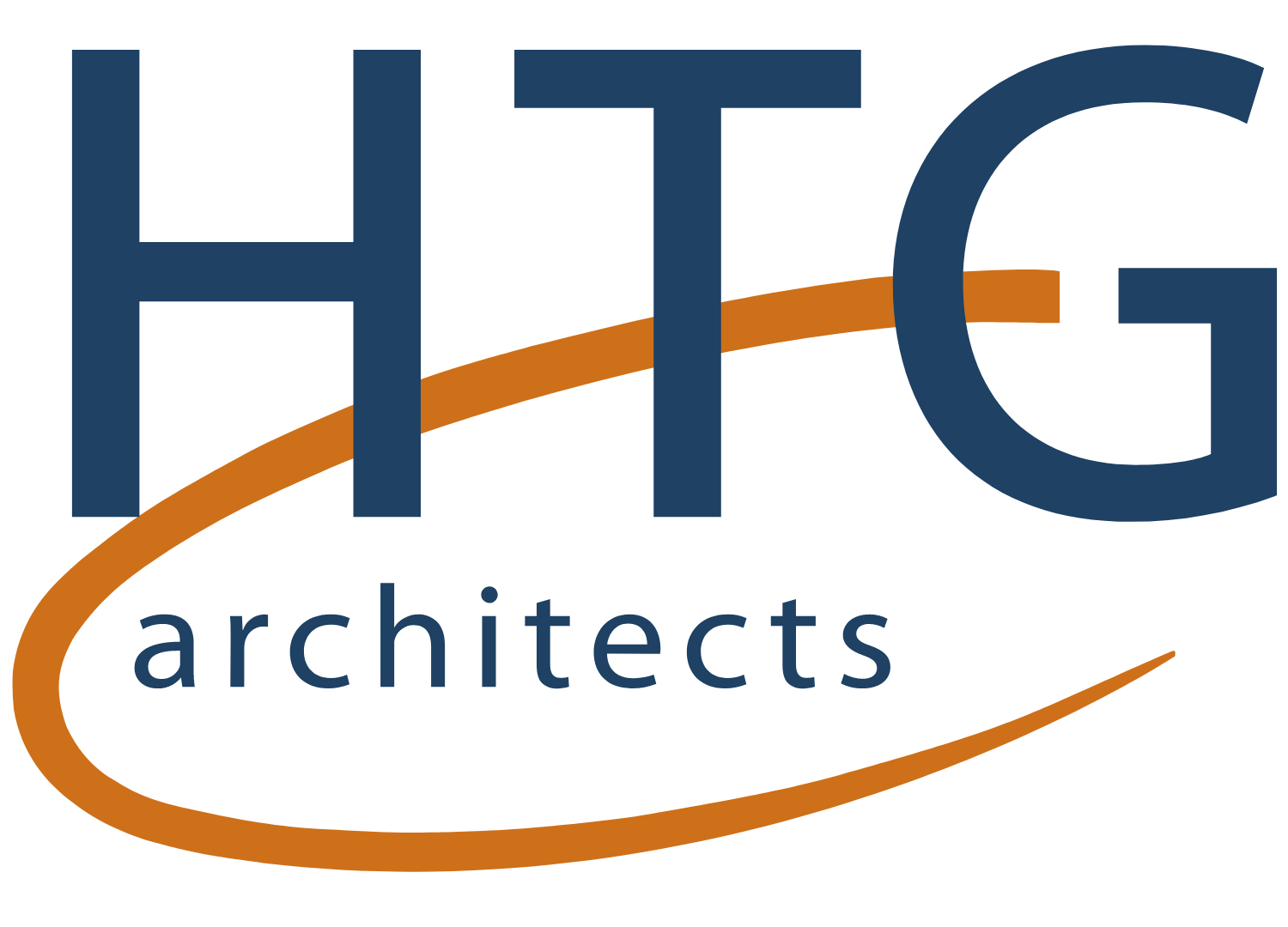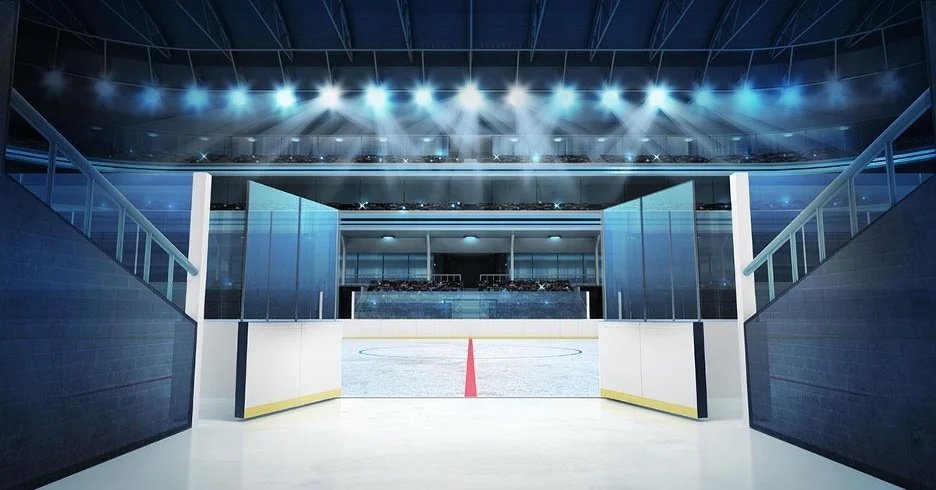Industry Expert Suggestions on How to Properly Maintain Your Arena's Ice Rink
You’ve just opened the doors to your dream ice arena, and the stage is set for a successful season ahead. Practice times are booked, tournaments are scheduled and your community embraces the excitement of a world-class ice facility. It was hard to imagine this point when you were planning and designing your rink, but the time has finally come to enjoy it to the fullest.
But building your rink was only the first step. Proper maintenance must be a priority to keep your facility operational and successful in the long term. Here is a list of industry suggestions to help you maintain your arena’s ice rink for years to come.
Why Proper Ice Maintenance Is Important
Keeping your arena's ice rink in top shape is crucial for a variety of reasons — the first of which is player safety. Maintaining a smooth, solid surface helps prevent injuries from slips and falls while enhancing performance and puck handling. Also, proper ice maintenance leads to significant savings by minimizing medical expenses, legal liabilities, resurfacing costs and energy consumption.
Common Reasons Why Rinks Deteriorate
Heavy usage is the most common factor contributing to ice deterioration in arenas. The constant skating and impact from skate blades gradually make the ice surface rough and uneven. Moreover, temperature fluctuations wreak havoc on the ice, causing it to melt under extreme heat or crack during freezing cold spells. These temperature variations also affect the moisture and humidity levels in the arena, leading to softened and sticky ice that further degrades in quality.
Neglecting maintenance tasks, such as periodic resurfacing or inadequate hole filling, only accelerate the deterioration process. Lastly, the quality of water used is crucial, as high mineral or impurity content can destabilize the ice and make it susceptible to damage. Addressing these factors and implementing proper maintenance practices are critical to preserving the integrity and quality of the ice in an arena.
List of Rink Maintenance Techniques and Tips
Depending on your type of rink and the activities that take place, rink maintenance can look different. Here are a few best practices to help you improve ice quality while reducing operational costs.
Invest in Electric Resurfacers
Like electric cars, electric resurfacers or Zambonis are great for improving ice quality and rink maintenance while reducing emissions. Electric resurfacers are typically more efficient than traditional gas-powered resurfacers, saving time and labor and allowing for more frequent maintenance with faster turnaround times. These green machines create better ice conditions, improve operations and allow for a more sustainable environment.
Incorporate Fast-Opening and Closing Loading Doors
Fast-opening and closing loading doors are a game-changer for improving ice quality and rink maintenance. They maintain consistent temperature and humidity by sealing off the arena quickly, preventing ice from melting or softening. These doors are energy efficient, keeping conditioned air inside and reducing the cooling system workload. They also keep debris and contaminants out, resulting in cleaner ice and less frequent cleaning. Plus, their swift operation enhances overall efficiency, allowing for timely maintenance and event preparations.
Utilize Indoor Snow Melt Pits
Indoor snow melt pits make snow removal a breeze by providing a designated area to direct and melt accumulated snow. Instead of manually shoveling or using machines to clear the snow, it can be funneled into the snow melt pit. This saves time and manual labor, allowing for quicker snow removal and faster resumption of ice activities. Separating it from the ice surface prevents contamination, ensuring a cleaner and purer playing area too.
Clean the Slab Before Making Ice
Cleaning the slab before making ice is super important for top-notch ice quality and easy maintenance. A clean slab means a smooth and level surface, which makes the ice better for skating. Plus, it prevents dirt and debris from getting stuck in the ice. Cleaning also helps with maintenance because it lets you spot any issues or damage on the surface. And when it's time to resurface, a clean slab ensures a more even and well-maintained ice sheet.
Use Thermal Conductive Paint
Using thermal conductive paint in an ice arena significantly benefits ice quality and rink maintenance. By maintaining a consistent temperature, the paint ensures uniform freezing and a stable ice surface free of irregularities. The smooth surface facilitates efficient ice resurfacing, reducing operational costs and maintenance and extending equipment lifespan.
Temperature Adjustment for Usage
By optimizing the temperature based on usage and downtimes, rink operators can ensure longer-lasting and resilient ice surfaces during high-usage periods while conserving energy and reducing operational costs during low-usage periods. This targeted approach also allows for more efficient scheduling of ice resurfacing, reducing unnecessary resurfacing sessions and saving time, water and energy. Additionally, temperature adjustments help minimize wear and tear on cooling equipment, extending its lifespan and lowering maintenance costs.
How To Know if Your Rink Needs a Refresh
Knowing when your rink needs a refresh involves considering several key indicators:
Firstly, closely inspect the ice surface for visible signs of wear and tear, such as cracks, ruts or unevenness that could affect skating quality.
Additionally, monitor the ice's performance, including its hardness, glide and response to skate blade contact. If the ice feels soft or sticky, it may be time for a refresh.
Pay attention to feedback from skaters and coaches regarding ice conditions as well.
Finally, track the frequency and effectiveness of maintenance procedures like resurfacing and edging. If these measures become less effective or more frequent, a refresh is likely needed to restore optimal ice quality.
How Rink Design Can Improve Rink Maintenance
Effective rink design can significantly improve rink maintenance by incorporating features that streamline operations and enhance efficiency. Thoughtful placement of utility access points, dedicated equipment storage areas and advanced technologies such as automated ice resurfacing systems simplify maintenance tasks and ensure consistent results.
Similarly, choosing durable materials, implementing protective elements and integrating energy-efficient solutions further minimize the need for repairs and reduce operational costs. Overall, a well-designed rink optimizes maintenance workflows, promotes sustainable practices and contributes to a cost-effective and well-maintained facility.
Ice in Paradise: A Real-Life Example
Ice in Paradise is a 46,576 sq. ft. facility with something for every skater. In addition to a full-sized NHL sheet of ice and second studio rink which features efficient loading doors and snow melt pits, the six locker rooms are positioned on the ground level with direct rink access to eliminate unnecessary circulation and maintain temperature and humidity. Additionally, this freed up more space for the restaurant tenant, generating more rent revenue.
Cost-Effective Rink Designs
If your rink needs a refresh, HTG Architects is here to help. We work with communities nationwide to design modern, low-maintenance rinks that support long-term ice quality and improve operational costs. Our specialized expertise and rink design experience will ensure that your facility meets all technical requirements while aligning with your unique vision.
Download our free Rink in a Box eBook to learn how to bring a rink to your community without breaking the bank.




